Tangalle - Sri Lanka's prophet's pitstop to paradise
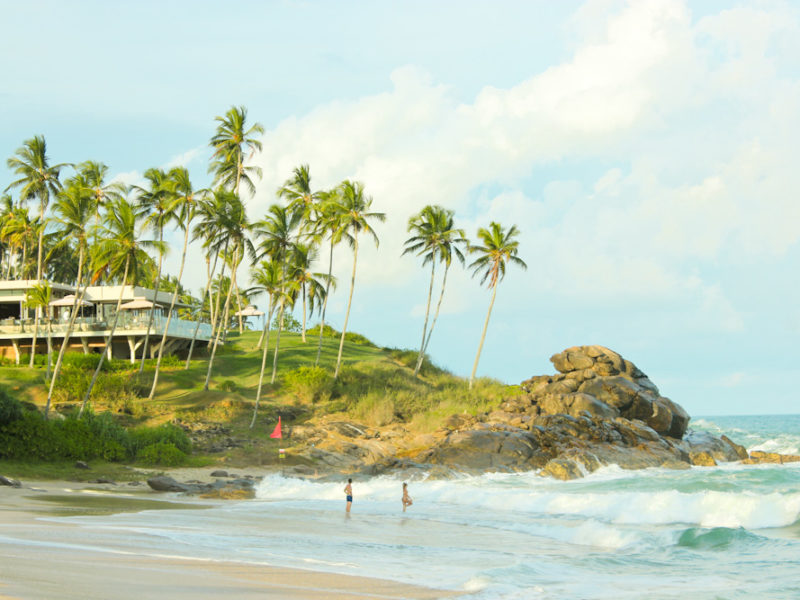

Anantara Peace Haven Resort has a perfect view of the Indian Ocean (photo: Lara Picone).
Full of colour, smiles, and… whitegoods, Sri Lanka is a teardrop isle of exotic flavours and cultures, and it’s concentrated in the paradise of Tangalle. Words & photography Lara Picone.
I’ve never felt the impulse to buy a duty-free washing machine after disembarking from a long-haul flight. But judging by the proliferation of appliance and electrical stores at Bandaranaike International Airport in Colombo, it’s top-of-mind for Sri Lankans.
Even at 12am, shop assistants lean casually on their whitegoods hoping to entice returning travellers with tax-free freezers. It’s the first endearing peculiarity people notice on arrival in Sri Lanka, but it certainly won’t be the last this technicolour country throws at you.
We’ve arrived during Sinhalese New Year, so our driver tells us. He’s chatting away as we hurtle down arterial roads, overtaking with what seems like reckless abandon but turns out to be a fluid motorway dance to which every vehicle knows the choreography.
Amid all the weaving, I clock hundreds of LED-lit displays. But unlike most countries where they are usually spruiking Coke or fuel, these illuminated beacons are advertising faith. There’s a Buddha or Ganesh every 200 metres or so, festooned with colourful flashing lights.
It makes quite the impression in the dark and seems so jarring compared to the usually sombre Western-style of worship. Yet in tropical Sri Lanka, a place where iridescent, indigenous peacocks mooch about like common pigeons, over-the-top colour abounds in the every day.
I would like to stay and explore the capital, but the following morning we make our way via seaplane down to the very south of the teardrop-shaped country, to an oasis called Tangalle.
After skidding onto a lagoon, we’re met with smiles and cool refreshing towels before being bundled into an air-conditioned mini wan (in Sri Lanka, ‘w’ is ‘v’, and vice versa) and carefully deposited at the new Anantara Peace Haven Resort.
Three women sit around an enormous drum managing the threefold task of beating a rhythm, smiling the warmest of welcomes and singing melodically as I cross the boardwalked pond to the resort’s entrance atrium.
They seem to be beaming their wonderful smiles directly at me, but this elaborate welcome surely can’t be only in my honour?
I glance over my shoulder expecting to see the Sri Lankan prime minister and his entourage, who I’ve been told is staying this week, but there’s no one.
Over the next few days, I see the women repeat their sincere ritual to arriving guests. This genuineness, I soon discover, isn’t unique to the locally employed Anantara staff, but rather seems endemic to the country.
Given the people here are less than 10 years clear of a civil war that lasted almost 26 years, this welcoming and delightful trait could be another of those Sri Lankan peculiarities.
Everyone seems to just want to put it behind them; they’re genuinely thrilled the world wants to visit their stunning country, and a sense of pride is getting a good airing.
And why wouldn’t we visit? There are jungles, incredible beaches, elephants, and that beautifully smothering tropical heat. But arguably, one of the biggest reasons to come is to eat fish curry at any time of the day.
Knowing our party wants to get street-level with the local delicacies, perhaps tipped-off by our endless orders of egg hoppers at the breakfast buffet, Chef Lihindu of the resort’s Spice Spoons cooking class commandeers a mini wan for a food tour of Tangalle.
After a stop at a rice paddy to admire the blushed red grain of the staple carb, we come across a multi-generational family ferreting around a tree.
Grandma, who strangely has adorned her neat bun with a green comb as if she forgot about it halfway through brushing, hands us brown pods they’ve collected from the tree and demonstrates how to extract the seed inside.
It’s nature’s sour lolly: tamarind. Straight from the pod it’s unlike any inferior paste or liquid form I’ve ever had; someone in our group accurately compares it to a sour Warhead.
In Sri Lankan cooking, tamarind is used to sour curries, but like this it’s a treat these local kids can get right off a tree.
Next, Chef pulls off the road with a swerve so abrupt we think he’s hit a sacred cow. Luckily, there was no bumped bovine to incite karmic retribution, but there was a cashew tree.
It’s fair to say, not a lot of people know how a cashew grows. On a tree, for one. But the cashew nut itself actually descends like a little appendage from a fruit called a cashew apple.
The apple is edible and although the texture resembles a latex glove, it’s quite refreshing. Seeing how it’s just one nut per apple, my $13 bag of cashews from Woolies starts to seem fairly reasonable.
Later we make a stop at a roadside market and take time out for tea and short eats, Sri Lankan fried snacks (see What To Eat), before Chef shows us how to whip up a few curries using the vegetables we chose at the market.
Dessert comes thanks to buffalo that roam lush paddocks at leisure, producing some of the purest milk you’ll ever taste.
The milk is then fermented in clay pots and set into a curd. You’ll see these pots stacked high at roadside stalls, but here it’s served with a sweet jaggery syrup and is the cleanest, freshest treat to round out a meal.
The landscape in Sri Lanka is so fecund that the produce can’t help itself but be full of exaggerated flavour, from the shiny, orange king coconuts sloshing with goodness to the ridiculously sweet pineapples; “try them”, implores our waiter. “They’re not like other pineapples.”
Everywhere you look is impossibly green, except when you’re looking at the clear aqua water fringing it all. Life springs up and flourishes everywhere – busy doing its thing.
Monkeys cause havoc on powerlines, dogs trot about like they’re on important business and, at Udawalawe National Park, you’ll see elephants lathering up with mud and, if you’re extremely lucky, leopards skulking about.
In some local legends, Sri Lanka was a halfway mark for Buddha on his way to paradise, and in others, Adam (the Adam) looks down from Sri Pada (Adam’s Peak) for a last glimpse at Eden.
Although this incredible land has been dulled by decades of conflict, the Sri Lanka I found was hopeful to reprise its role as a peaceful Eden or a prophet’s pit-stop to paradise, albeit complete with duty-free appliances.
How to get to Tangalle
Singapore Airlines and Sri Lankan Airlines fly to Colombo from Sydney and Melbourne daily. From Colombo, you can take a short, 30-minute flight with Cinnamon Air to Tangalle, or alternatively, it’s a three-and-a-half hour drive.
Where to stay
Opened in 2015, Anantara Peace Haven Tangalle Resort is a stunning five-star property set on an old coconut plantation looking out to the Indian Ocean. With four restaurants, casual luxury and ayurvedic spa, it’s no wonder prime minister Ranil Wickremesinghe chose to spend a week here.
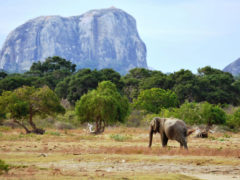
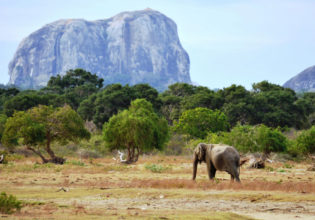
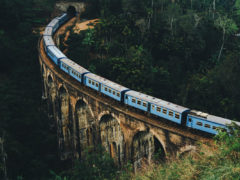

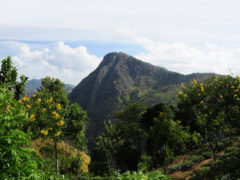
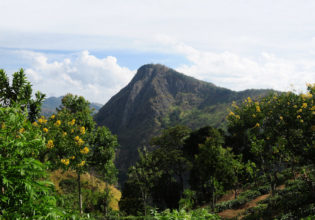
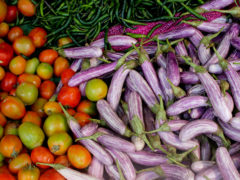
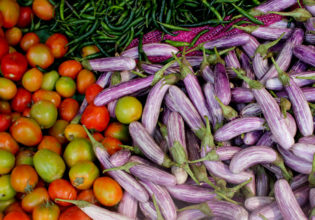
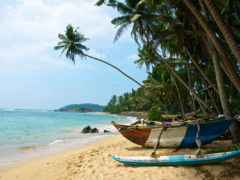
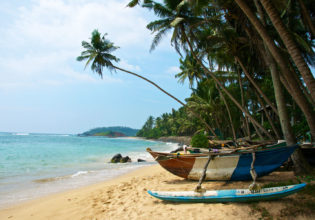

LEAVE YOUR COMMENT